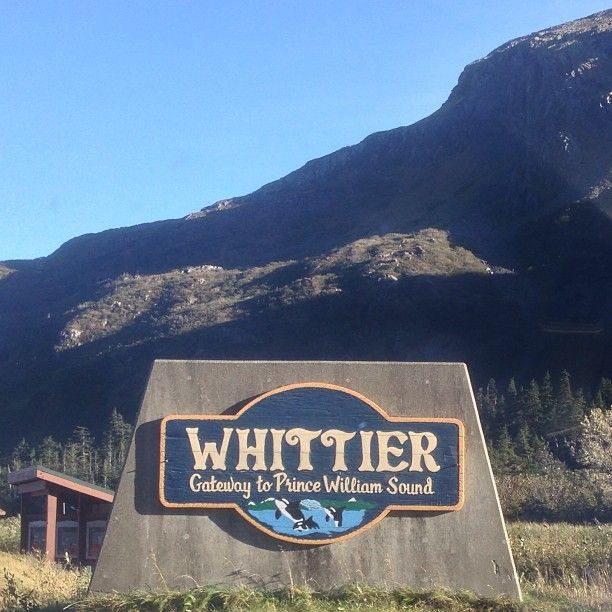Connected to the rest of Alaska by road, rail and the Alaska Marine Highway, Whittier attracts a large number of visitors during the summer looking for the unspoiled wilderness of water, ice and granite that lies beyond its shores.

Whittier’s history is nothing short of fascinating. Not long after the Japanese bombed Dutch Harbor in the Aleutian Islands during World War II, the U.S. Army began looking for a spot to build a secret military installation. The proposed base needed to be an ice-free port and as inaccessible as possible. Whittier fit the bill perfectly, thanks to 3,500-foot peaks that surround it and keep it hidden in cloud cover for much of the year. To provide access to the Seward Highway to the north, the Army blasted a supply tunnel out of solid granite, and the Anton Anderson Memorial Tunnel remains one of Alaska’s great engineering marvels. Construction of the tunnel led to construction of what at the time was the largest building in Alaska to house more than 1,000 workers.
The Army maintained Whittier until 1960, leaving behind the 14-story Begich Towers, where most of Whittier’s 190 residents live today. In 2000, the Anton Anderson Memorial Tunnel was overhauled to accommodate auto traffic as well as the Alaska Railroad. You can now drive the 11 miles from the Seward Highway, the most traveled highway in Alaska, to what was once an impenetrable fortress by Prince William Sound.
